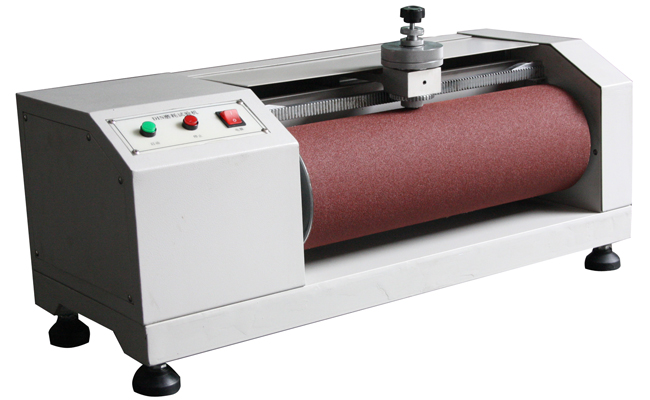- Qinsun Instruments Co., Ltd.
- Tell:+86-21-6780 0179
- Phone:+86-17740808215
- Address:No. 2578 Minhang District Gu Dai Road, Shanghai
- Contact:Mr. Li
- QQ:846490659
Selection of conductivity tester

1. The accuracy level of a conductivity meter is determined by the ratio of the test error to the full range value, which is known as the "reference error". For instruments of level 0.5, 1.0, 1.5, and 2.0, their citation errors are 0.5%, 1.0%, 1.5%, and 2.0%, respectively.
If the instrument has a full scale of 200 μ The testing error of the 2.0 level instrument at s/cm is ± 4 μ If the instrument has a full scale of 20, s/cm μ S/cm, 2.0 level instrument testing error is ± 0.4 μ S/cm users should select an appropriate level of conductivity meter based on measurement accuracy requirements. At the same time, for manual conversion of multi range instruments, in order to obtain small testing errors, it is advisable to choose low range testing as much as possible.
2. The influence of liquid temperature on conductivity cannot be ignored. When the solution temperature is low, the resistance between ions increases, and the conductivity of the solution is also low; On the contrary, as the temperature increases, the activity of ions increases, and the conductivity of the solution increases. Therefore, the conductivity values of the same solution at different temperatures are different. Therefore, testing often compensates (converts) the conductivity values of the solution at different temperatures to the conductivity values at the reference temperature (25 ℃) to eliminate the influence of temperature changes on measurement accuracy. To overcome the influence of temperature on solution conductivity, instruments with temperature compensation should be selected.
3. The conductivity of a solution is not only closely related to the temperature of the solution, but also to the temperature coefficient of the solution conductivity. The so-called "temperature coefficient" refers to the change in conductivity of a solution with a temperature change of 1 ℃, which is related to factors such as the properties and concentration of the solution. The properties, components, and ion concentrations of solutions vary, and the temperature coefficient of solution conductivity also varies. For example, for cations, the conductivity of hydrogen ions is 4.76 times that of potassium ions and 6.98 times that of sodium ions; For anions, the conductivity of hydroxide ions is 1.77 times that of chloride ions. Therefore, their temperature coefficients vary depending on their properties and composition. For example, is the conductivity value less than 10? Is the temperature coefficient greater than the conductivity value of S's pure water and ultrapure water greater than 100? The temperature coefficient of S solution is also much larger, indicating that the temperature coefficient is related to the ion concentration in the solution. From this perspective, the compensation situation for the temperature coefficient of solution conductivity is relatively complex. Conventional conductivity meters are instruments with fixed temperature coefficient compensation, and their "temperature coefficient" is designed to be 2%/℃, which strictly speaking cannot adapt to testing the conductivity of all different types of solutions. Therefore, in the case of a wide range of test objects, high precision requirements, and high purity water, instruments with adjustable temperature coefficient compensation or pure water conductivity meters should be selected.
4. The testing of pure and ultrapure water is quite complex. In addition to considering temperature and temperature coefficient compensation, attention should also be paid to the following issues: when the conductivity of the measured liquid is less than 10 μ When measuring S/cm, a conductive electrode with an electrode constant ≤ 0.1 should be selected to improve the testing sensitivity. The conductivity of the measured liquid is less than 3 μ When measuring S/cm, it is recommended to use a closed flow test cell, in addition to using a J0=0.01 conductivity electrode, to prevent carbon dioxide in the air from dissolving into water and increasing conductivity.





